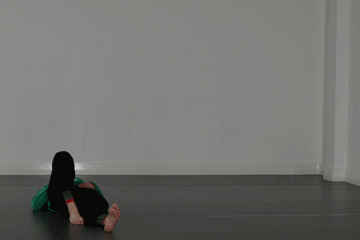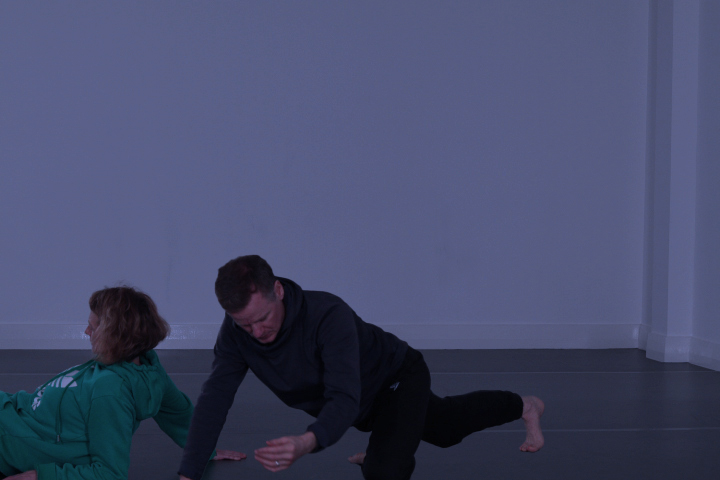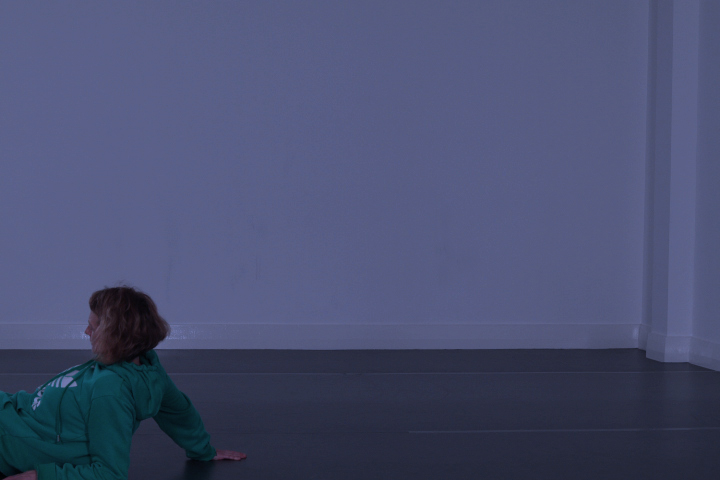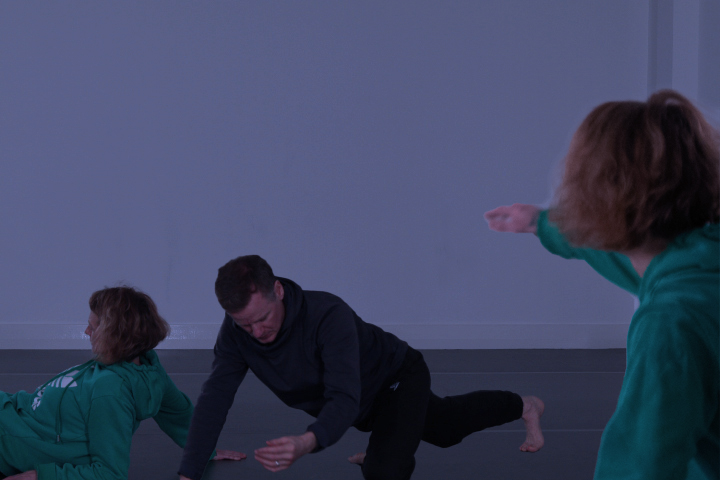Nonduality “encompasses a unified experience in which the boundaries between self and environment dissolve”.[1] It is when subject and object are unified.
It is also known as consciousness-as-such [2] and in Asian contemplative traditions it is variously known as pure consciousness, pure awareness, nondual awareness (NDA), rigpa, timeless or choiceless awareness, being-awareness-bliss, the Self, the fourth, Atman-Brahman, Buddha-nature, clear light, Shiva-Shakti, etc .[3]
Aside from the idea that non dual awareness can co-occur with any content Josipovic and Miskovic write:
we advance the perspective that consciousness-as-such is first and foremost a type of awareness, that is non-conceptual, non-propositional, and nondual, in other words, non-representational. This awareness is a unique kind, and cannot be reduced to a level of arousal and phenomenal content, or to their mental representations and representational models.[3]
Nonduality’s relationship to flow states is not at all clear to me. There are certainly degrees of overlap but at this stage my hunch is that they are different in kind, or perhaps that experiences of flow are a subset of nonduality, or provide insight into this open awareness that is equivalent to consciousness.
References
[1] Lynch, J.M. and Troy, A.S. (2021) ‘The Role of Nonduality in the Relationship Between Flow States and Well-Being’. Mindfulness 12 (7), 1639–1652
[2] Metzinger, T. (2019). Minimal phenomenal experience: the ARAS-model theory: steps toward a minimal model of conscious experience as such. MindRxiv, https://www.philosophie.fb05.uni-mainz.de/files/2019/04/MPE_discussion_paper_March_2019.pdf
[3] Josipovic, Z. and Miskovic, V. (2020) ‘Nondual Awareness and Minimal Phenomenal Experience’. Frontiers in Psychology 11, 2087



